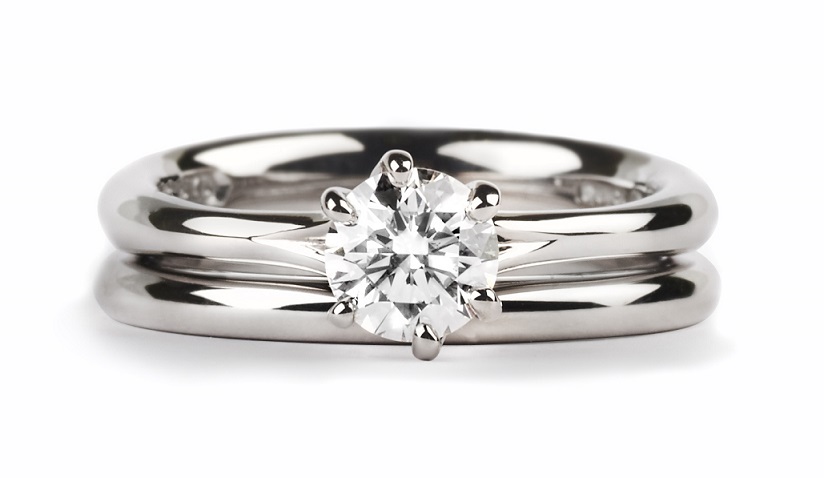Chris’s Top 5 Jewellery Buying Mistakes!
20 June 2018
If you can forgive me the awful tabloid ‘click-bait’ headline which I couldn’t resist, I think I’ve actually come up with a few things to say which might be worth bearing in mind as you go skipping, wide-eyed and innocent, into the waiting jaws of the first twinkling jewellery retailer to catch your eye.
Obviously I need to make a declaration of interests at the outset; I make my living from making Jon’s jewellery designs. That means I’m bound to have a rant at other jewellery doesn’t it…? But everything I’m saying comes from the repeated experiences of customers coming to us with tales of disappointment from buying jewellery elsewhere and asking if I can fix it. So here goes…

1. Buying jewellery on holiday
If it’s cheap and fun, go for it, but think twice before buying serious jewellery when you’re on holiday abroad. It’s difficult to have confidence in what you’re buying when the jeweller knows that soon you’ll be hundreds or thousands of miles away and you’re unlikely to see each other again.
Buying precious stones in exotic places also tempts people, and they bring them to us to make into jewellery. Sometimes people get ripped off, but more often people think they have a great stone at a cheap price, whereas they actually have a poor stone at a cheap price. As a general rule, the good stones go to professional expert buyers, with the ‘not very nice’ stones being sold to tourists on the assumption that they won’t know better.
2. Internet shopping for jewellery
Shopping on the internet works brilliantly for lots of things, but it’s not great for buying proper jewellery. It’s easy to fall in love with a photo of a piece of jewellery, but stones in particular really need to be viewed in person. With clever lighting, digital enhancement and computer generated renderings, an online image isn’t enough.
Jewellery is visual, but it’s also tactile and how it feels is important. Buying an important piece of jewellery should be the start of a relationship with the jeweller, and it’s nicer to meet the people who made it and will look after it in the years to come.

3. Engagement rings which can’t fit a wedding ring next to them
This happens a lot. Weirdly, the vast majority of engagement rings out there are incompatible with having a wedding ring sitting happily next to them. This doesn’t get thought about until it’s too late, at which point people ask if I can make a wobbly wedding ring to bend around the engagement ring or they put up with something looking unharmonious on their finger. Needless to say, all Jon’s engagement rings look beautiful on their own and accept a matching wedding band fitting perfectly next to it, as though it was designed like that – because it was.
small.jpg)
4. Rings which can’t be sized
Some ring designs just can’t really be resized – for example full eternity rings and heavily enamelled rings. This is ok if people understand what they’re taking on, but sometimes it comes as a very inconvenient shock. Other rings can be difficult to size because of poor design or a cheap weight of precious metal used. Jon’s rings have a generous weight of metal at the back of the ring, meaning they can be stretched out or cut and re-joined without making the ring weak or spoiling the shape.
5. Weak jewellery and fragile stones
Understanding what you’re buying is the important thing when it comes to delicate stones. Stones in rings are particularly exposed to damage, and the jeweller should explain whether a ring can be worn every day, or whether it’s designed as a ‘special occasions’ ring. Diamonds are not indestructible, but they’re the hardest natural substance, and can look immaculate after decades of wear. Rubies and sapphires are fairly robust, perhaps getting some wear on the corners between facets as the years go by, but emeralds, tanzanite and opals are fragile, and best suited to pieces which don’t get knocked so much like pendants or earrings, or to dress rings.
As jewellery makers, we’re very mindful of the longevity of the jewellery we make. I see lots of designs out there which I can see are very weak, either to cut costs, or sometimes with very expensive jewellery where practicality has been overlooked in the pursuit of artistic flights of fancy, probably by a designer who’s far removed from the making (and repair!) part of the job. Jewellery always has a finite lifespan, and the lifestyle and habits of the owner can make a big difference to how long things last, but people bring me broken jewellery which was doomed by its design from the outset. Jon, Hannah and I are all involved in the design process, which brings together the artistry and practicality which makes a successful piece of jewellery which will be a joy for many years.
Overall, I think the best advice on buying jewellery is to make sure that it comes from people who have a long-term interest in what they’re selling, where you can meet and talk to the people who’ve made it. Like us. Obviously.
There are currently no comments
Leave a comment
Your email address will not be published. Required fields are marked *